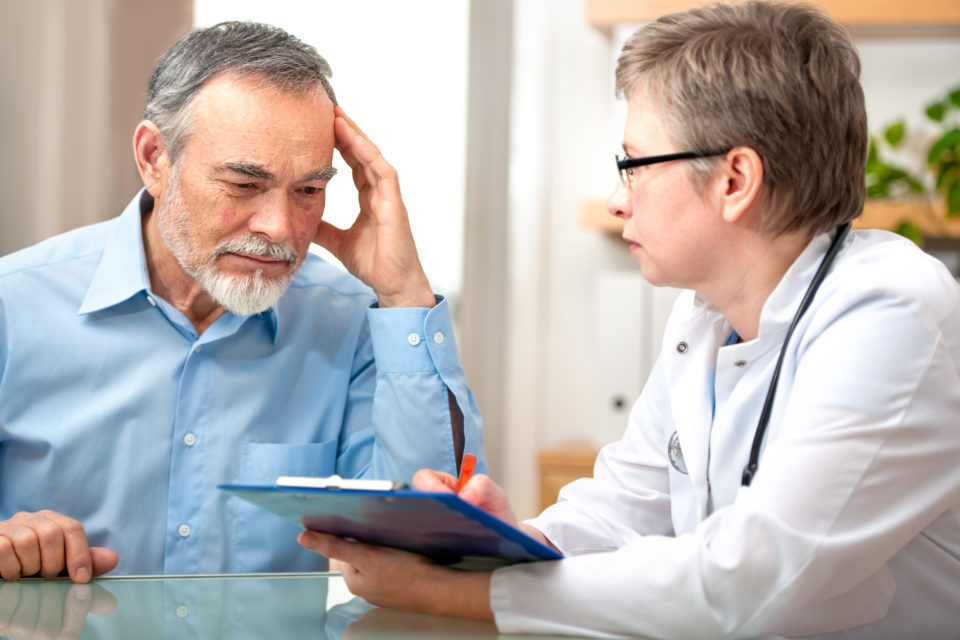
Researchers aimed to determine whether an unsupervised deep learning network can grade age-related macular degeneration (AMD) severity and provide data-driven discovery of ocular phenotypes from imaging. The findings were presented at the American Society of Retina Specialists 2021 Annual Meeting.
Supervised neural networks trained using human-generated labels require labor-intensive annotations and are restricted to the specific trained tasks, according to the researchers. Therefore Neesurg S. Mehta and colleagues trained an unsupervised deep neural network with Non-Parametric Instance Discrimination (NPID) using 100,848 human-graded fundus images without labels. The researchers procured the images from 4,757 participants from the Age-Related Eye Disease Study who were aged between 55-80 years. The team assessed the neural network’s performance in grading AMD severity using two-, four-, and nine-step classification schemes using semi-supervised methods.
“We compared balanced and unbalanced accuracies of NPID against published supervised networks and ophthalmologists, explored network behavior using hierarchical learning of image subsets and spherical k-means clustering of feature vectors, then searched for ocular features identifiable without labels,” the researchers wrote.
According to the findings, unsupervised NPID demonstrated versatility across different AMD classification schemes without re-training and yielded balanced accuracies comparable to supervised networks or human ophthalmologists in classifying advanced AMD (82% vs. 81-92% or 89%, respectively), referable AMD (87% vs. 90-92% or 96%), or the four-step AMD severity scale (65% vs. 63-75% or 67%), despite never directly learning these labels in training. Overall, unsupervised learning discerned grader-mislabeled images and revealed susceptibility of some classes within the more granular nine-step AMD scale. Importantly, the researchers noted, unsupervised learning enabled data-driven discovery of AMD features such as GA and other ocular phenotypes.
“Unsupervised learning enables AMD severity grading comparable to ophthalmologists and supervised networks, reveals biases of human-defined AMD classification systems, and allows unbiased, data-driven discovery of AMD and non-AMD ocular phenotypes,” the researchers concluded.
Source: Mehta N, et al. Unsupervised Deep Learning for Grading Age-Related Macular Degeneration Using Retinal Fundus Images. Published for ASRS 2021; October 8-12, 2021, San Antonio, TX.







 © 2025 Mashup Media, LLC, a Formedics Property. All Rights Reserved.
© 2025 Mashup Media, LLC, a Formedics Property. All Rights Reserved.